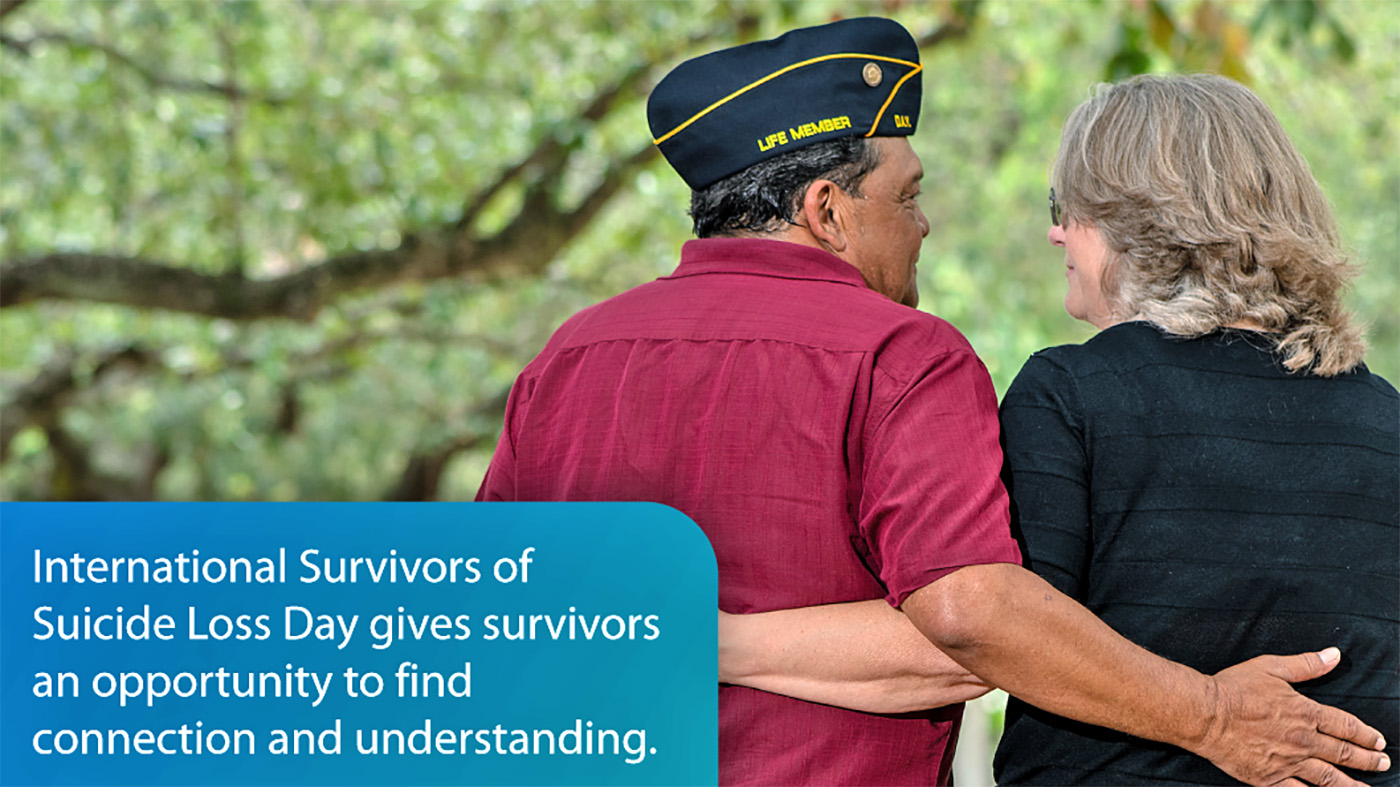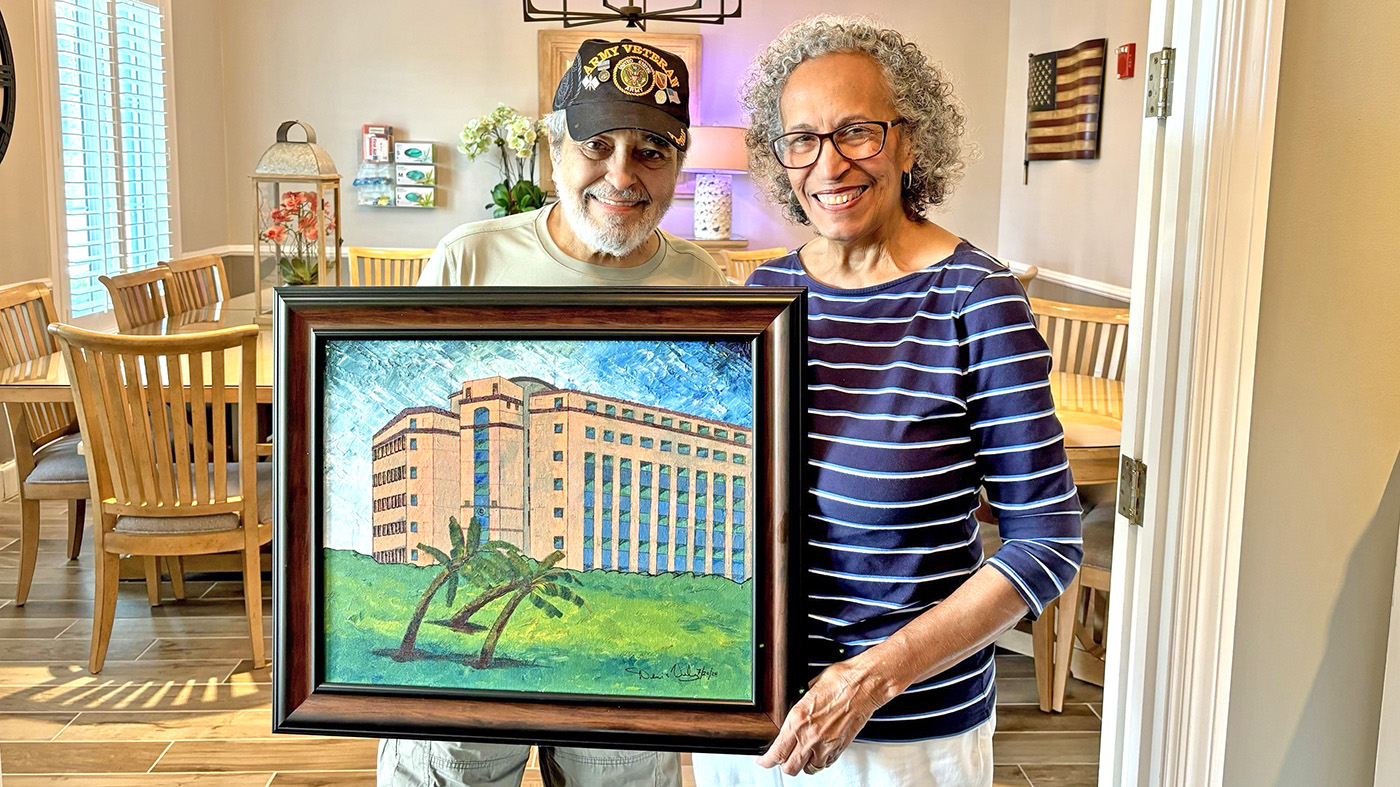Hyperbaric therapy uses pressure to increase the body’s oxygen supply and promote healing.
What’s old is new again, at least when it comes to treating persistent post traumatic stress disorder (PTSD) in Veterans.
Hyperbaric oxygen therapy (HBOT) — first used in the 1930s to treat decompression sickness in deep sea divers — is now being offered through VA to a small number of Veterans diagnosed with PTSD. It’s the latest effort from VA’s Center for Compassionate Innovation (CCI) to promote promising treatments for chronic health conditions that may resist traditional therapy.
Providers from the Eastern Oklahoma VA Health Care System and VA Northern California Health Care System will oversee this care. They will work with HBOT providers at the Tulsa Wound Care & Hyperbaric Clinic at Oklahoma State Medical Center and the David Grant Medical Center on Travis Air Force Base in California.
Use of HBOT for PTSD is conducted under a physician’s guidance and is off-label, meaning the Food and Drug Administration has not officially approved the therapy for PTSD. However, health care providers may prescribe it when they believe it is medically appropriate for a patient. Existing research suggests some patients experience improvement in traumatic stress symptoms following HBOT.
CCI brought the VA and community facilities together to extend the use of HBOT to a subset of Veterans whose PTSD symptoms persist after receiving at least two evidenced-based treatments. VA will closely monitor the use of HBOT to determine if it’s feasible to offer this approach through the VA system.
Exploring a Retro Solution to Reduce PTSD Symptoms
Dr. Jason Kelly, an active-duty physician and administrator of the Grant Medical Center Hyperbaric Clinic, said his team is excited about welcoming new Veterans to the treatment facility.
“My first and foremost concern is for the patients,” he said. “The Veterans we expect to treat here will have struggled with other therapies. If we can reduce their symptoms, we will really be providing a boost to their overall health.”
Hyperbaric oxygen treatments have come a long way since the 1930s. The treatments are now used to help wounds heal, treat carbon monoxide poisoning and provide care for other medical conditions. HBOT is a generally painless procedure that increases oxygen in the body, under pressure, to encourage healing.
The complex HBOT chambers are expensive to build, operate and maintain, and are in high demand for varied medical conditions. Hyperbaric chambers are often found on military bases, at free-standing community clinics and at larger medical research facilities. As such, the CCI-facilitated collaboration between VA and community clinics to provide this service was an easy choice.
The Travis clinic is unique in having two types of chambers: a chamber for a single patient, enclosed and tube-like with a large viewing window; and a multiplace chamber, capable of treating up to 40 patients at once.
Extending a Promising Treatment to Veterans
Dr. Kelly said his facility currently provides HBOT for 14 different conditions, including chronic wounds and radiation injuries experienced by patients undergoing cancer treatment.
“We are all aware that PTSD is extensive in our Veteran population,” Dr. Kelly said. “For folks out there who haven’t improved under traditional methods, we should really look at any other options we have — like HBOT — to help provide additional treatment.”
CCI was established by VA Secretary Dr. David Shulkin to support safe and ethical innovations to enhance Veterans’ physical and mental well-being. CCI is primarily interested in emerging therapies that address PTSD, traumatic brain injury, chronic pain and suicidality.
Learn More
- Learn more about CCI at the website.
- Submit proposals of emerging therapies through the CCI portal.
- Read the VA HBOT News Release about the new treatment options.
Author’s:


Topics in this story
More Stories
For the Great American Smokeout, explore VA resources and learn why every attempt to stop smoking is a step toward success.
If you’ve lost a loved one to suicide, resources and support are available to help you cope during your grieving and healing.
Army Veteran Denis Velez donated a painting of his VA hospital as a way of giving back for his treatment there.







This sounds like it will work, have friends that has been through treatments when they lost toes and even legs and it worked very well. The VA clinic in Toledo Ohio must be planning to build one or use one somewhere around Toledo, because of personal conflict with director they have transferred all PTSD certified therapist out and have nothing in place to replace them. We are loosing vets every day to suicide, why take away all of our help.
very informative news of Hyperbaric treatments.
It’s worth a shot
How does a Veteran in Vancouver Washington with Moderately Severe PTSD get into a
Hyperbaric Treatment Program. I am still having anxiety attacks and out bursts of anger among other issues. I went through 13 years of PTSD groups twice a month, and stopped two years ago because I felt I was not getting better.
Jubily is what I think about with this treatment. I think iy has added benifits that will make themselfs apparent and wont do the harm some other conventionsl therapies sre outdated for. Well worth our added attention.
Some letters are mispelled. Please correct them for your added attention.